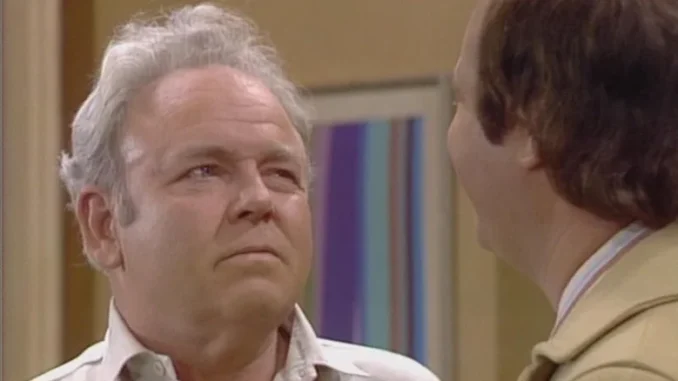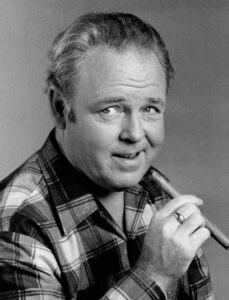
Movies and television have often had a push-pull relationship. When brands and intellectual properties became king near the start of the 21st century, TV became the place to go for creatives who wanted to tell bold and original stories to a mainstream audience. In contrast, the social revolutions of the 1960s saw networks burying their heads in the sand, serving up a buffet of conservative-leaning sitcoms where just about everybody was white, straight, and Christian, nobody had sex or cursed, and things like the Civil Rights Movement or the Vietnam War might as well be happening on Neptune. Meanwhile, the pictures swung in the opposite direction; the rise of New Hollywood meant that the escapist studio fare of yore was no longer fashionable (with films like “The Sound of Music” becoming the exception, not the rule).

It was in this climate that Norman Lear came up with the idea for “All in the Family,” inspired by the British drama series “Till Death Do Us Part” (which premiered in 1965). Lear saw himself and his family in the show’s characters: a clan of Londoners whose ranks included a bigoted, anti-socialist patriarch who practically lived to insult his wife — who would lob cutting remarks right back at him — and butt heads with his progressive son -in-law and long-suffering daughter. Much like the U.S. version of “The Office” in its first season decades later, the “All in the Family” pilot that CBS aired on January 12, 1971, was almost a photocopy of its British counterpart, saved for the changes in nationality. Before long, though, it found its own groove, birthing a long-running hit and, with time, an entire universe of spinoffs for the network.
Things might’ve gone quite differently, though, had ABC not spent literal hundreds of thousands to dollars to avoid airing an earlier iteration of the pilot.
